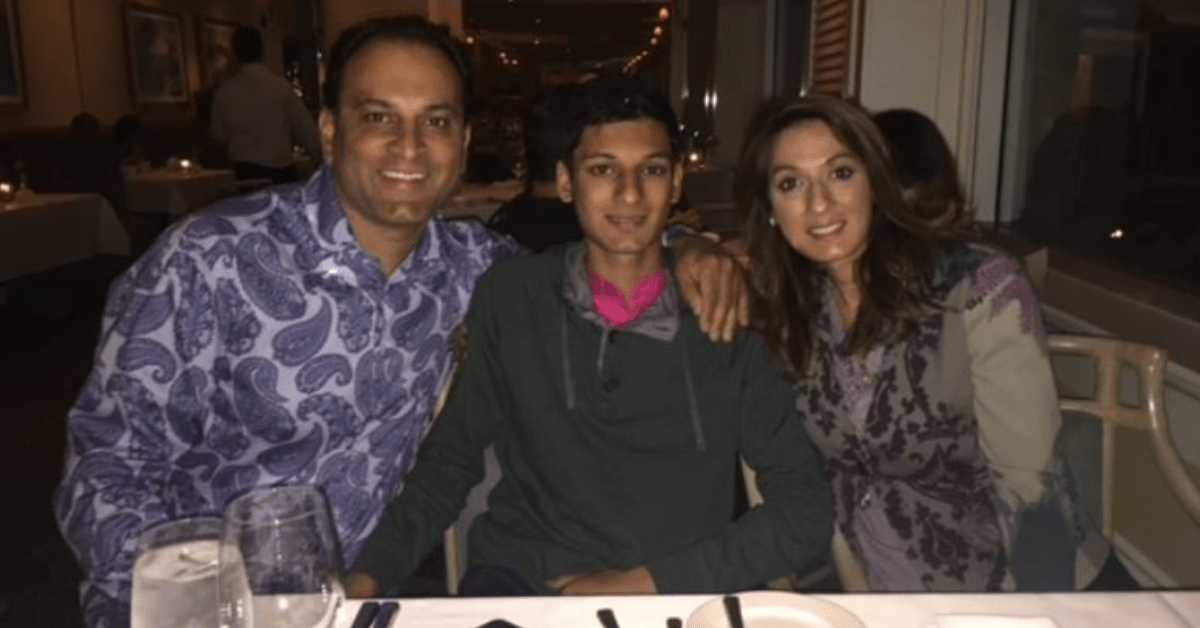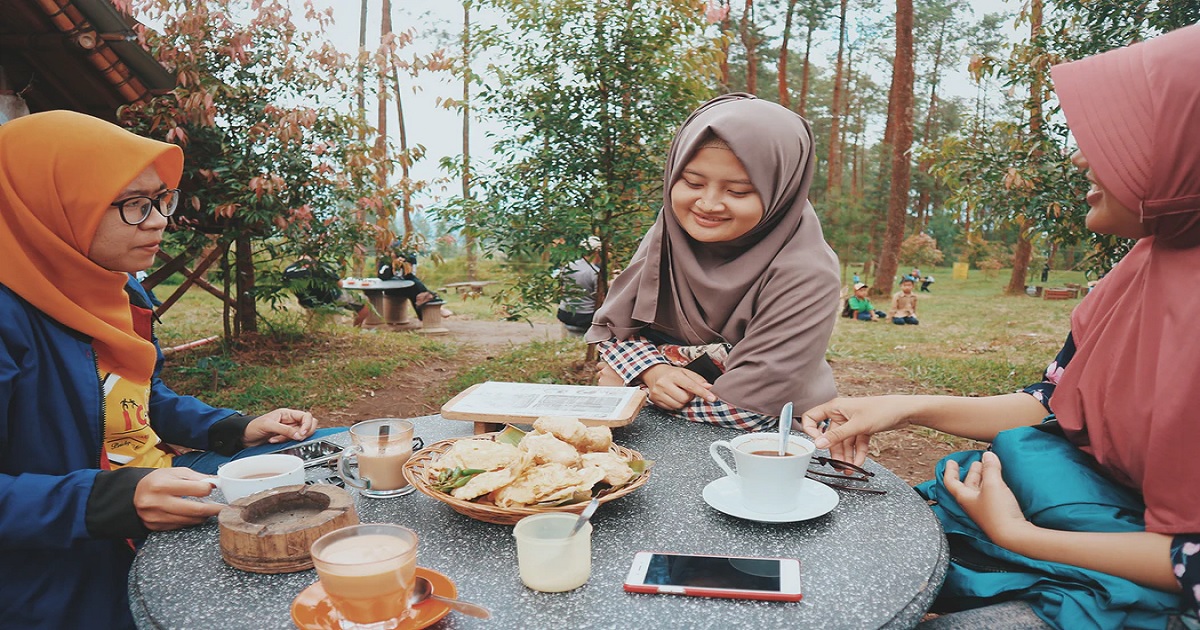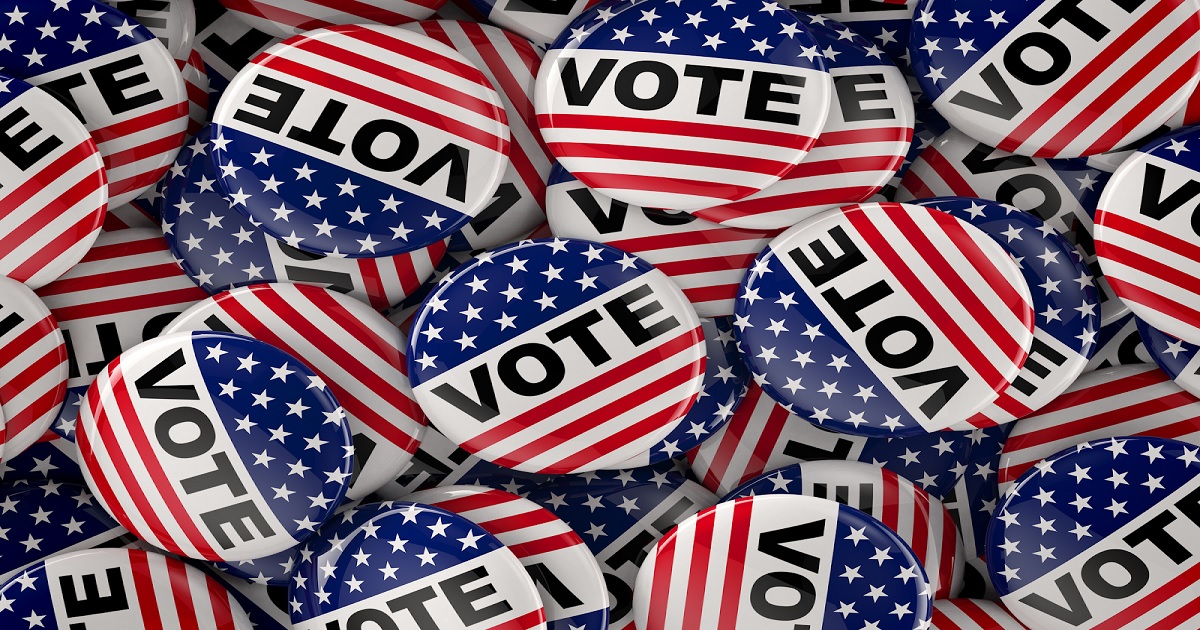Statistics show that 12 percent of Americans under 65 years don’t have health insurance, the overwhelming reason being high cost and low income. For reasons such as this, many people do not have access to healthcare, which is a fundamental right.
Communities in rural areas are often the most affected by lack of access to healthcare. The remoteness of their location makes the environment unattractive to healthcare professionals meaning community members cannot access healthcare facilities quickly, leaving such areas underserved. Here are practical ways to correct the anomaly.
Start the Conversation
Having understood the problem, the most important step is to take action. Local community officials must establish a consistent community conversation. Officials should publicize the meeting and emphasize its openness to all.
For meetings of this nature, everyone should feel comfortable contributing. Hence, the need for a good moderator who will make everyone feel welcome.
A place everyone identifies with, such as a comfortable restaurant, cafe, or coffee shop, are good venues for such a meeting. Next is to hear directly from the people. What are their limitations, pains, and how do they feel things can improve?
Focus on Social Determinants of Health
Social Determinants of Health (SDoH) are conditions in places where people are born, live, grow, learn, work, and age that affects their health. Research shows that a person’s environment plays a significant role in overall wellbeing. These factors are economic stability, food, neighborhood and physical environment, education, healthcare access, and community and social context.
- Economic Stability: This has to do with an individual’s earning power against their expenses. Does the individual have a constant source of income? Are they free of debt?
- Food: This evaluates access to food and the quality. Lack of food or poor diet can have an adverse effect on health.
- Neighborhood and Physical Environment: The quality of the neighborhood an individual lives in affects mental health. Earning power of an individual is also a direct determinant of where they can live.
- Education: A good educational background improves earning potential and confidence. This improves purchasing power and affects preferences.
- Healthcare Access: This considers access to healthcare, healthcare coverage, provider availability, and the quality of care.
- Community and Social Contexts: This factor in how well an individual has integrated into society. Do they have reliable friends and relationships? It also shows how discrimination and stigmatization can affect health.
The outcomes of the SDoH include mortality, morbidity, life expectancy, healthcare expenditure, health status, and functional limitations. Focusing on SDOH will help tackle health disparities and inequalities.
Invest in Programs
It is not enough to create community conversations. For more productivity, meetings should end with work plans, actionable steps, and mini-projects. This way, members’ productivity increases, and there is a reason to come back. The more results people see, the more committed they become.
One thing is clear, SDoH creates a disparity in the community. Some people have the resources to meet basic needs, while some cannot. A good idea is to encourage donations. This way, the gap is bridged, and access to amenities is improved.
One sure way the state government can help is by impact investment. Charitable entrepreneurs can be funded, health insurance subsidized, and the environment improved through strategic interventions.
Use Social Media for Leverage
Community members should be informed of project developments. This helps them know how they can support the project. Social media offers the fastest and cheapest way to do so.
You can create a social media page for the distribution of resources about a project. Social media outlets aid in the promotion of events. Statistics show that 85 percent of Americans have access to the internet. Hence, making it effective for outreach and awareness.
Social media also serves as a rallying point. People who have similar challenges come together and find support. Many events don’t get the press coverage they need. Social media offers a unique platform for different people to share their stories and be heard.
Adapt
Often, when efforts of community conversations yield results, everyone goes back to their usual life. Instead, the opposite should be the case. When there are reforms, conversations should develop to keep the momentum.
It is important to note that there will always be new challenges. When one solution is being proffered, a fresh problem arises. This calls for adaptation to varying situations. Communities that are adaptable constantly seek alternative approaches to solving problems.
Rally Together
Helping any community is hinged on the willingness of its members to be change agents. With the right approach to community conversations, health inequalities and disparities will be a thing of the past. And everyone will have fair access to healthcare.


















